For tens of thousands of years, Aboriginal and Torres Strait Islander peoples have cared for the land now known as Australia through sophisticated and sustainable land management practices. These systems are not only environmentally sound, but deeply spiritual, built on a relationship with Country that involves mutual care, respect, and knowledge-sharing. One of the most widely recognised methods is fire-stick farming a technique that is increasingly being understood as a crucial tool for managing Australia’s unique landscapes.
What is Fire-Stick Farming?
Fire-stick farming, also known as cultural burning involves the careful deliberate use of fire to manage the land.Aboriginal people would use "cool" fires, low-intensity burns, at specific times of the year to reduce fuel loads (dry grass and underbrush), encourage plant regrowth, and attract animals for hunting.
Unlike destructive wildfires, cultural burns are controlled, small-scale, and seasonal. They are planned with deep knowledge of local plants, weather patterns, and ecosystems. The fires move slowly, reducing the risk of high-intensity blazes and creating patchy mosaics across the land, which support biodiversity and regeneration.
Benefits of Fire-Stick Farming
Prevention of Large-Scale Bushfires
Cool burning reduces the buildup of flammable material, significantly lowering the risk and severity of large, uncontrolled wildfires.
Environmental Regeneration
Fire encourages the germination of certain native plant species and clears the ground for new growth. It promotes a healthy mix of grasses, shrubs, and trees.
Biodiversity Support
The mosaic effect, where different areas burn at different times, creates a variety of habitats that support diverse wildlife, including insects, reptiles, birds, and mammals.
Cultural Continuity
Fire is not just a tool, but part of a spiritual and cultural practice. It is used in ceremony, storytelling, and teaching, reinforcing a custodial relationship with the land.
Improved Hunting and Food Resources
New plant growth after burning attracts kangaroos and other animals, while also helping native edible plants (bush tucker) thrive.

Other Traditional Land Management Practices
While fire stick farming is well known, it is just one part of a rich and deeply interconnected system of environmental care.
Aquaculture and Waterway Management
Aboriginal communities, particularly in southern parts of Australia, developed sophisticated aquaculture systems thousands of years before modern farming methods were introduced. The Gunditjmara people of southwest Victoria constructed intricate networks of stone channels, weirs, and traps to manage the movement of eels through wetlands and waterways. These systems supported a semi-permanent lifestyle based on a reliable, sustainable food source.
In the north, Torres Strait Islander communities built and maintained traditional stone fish traps on reefs and tidal zones, timed to the rhythm of the tides. These structures not only ensured a regular food supply but also demonstrated a deep understanding of marine ecosystems and tidal behaviour.
Seasonal Calendars and Ecological Knowledge
Aboriginal and Torres Strait Islander peoples didn’t follow a European four-season calendar. Instead, they used detailed, multi-season calendars based on their local environment, often with six or more distinct seasons. These calendars were guided by subtle environmental cues—such as the flowering of a certain tree, the appearance of a bird species, or changes in wind patterns.
For example:
-
In the Top End, the Yolŋu people of Arnhem Land recognise six seasons that guide when to burn, plant, fish, or hunt.
-
In Victoria, the Wurundjeri people observe a seven-season cycle that informs land use and ceremony.
These calendars allowed for precise, sustainable timing of activities to avoid overharvesting and to align human behaviour with natural cycles.
Soil and Plant Management
Indigenous land managers knew how to keep soil healthy without depleting it. Practices included:
-
Selective harvesting of tubers, roots, and grains to allow plants to regenerate.
-
Transplanting native species to new areas to encourage spread and diversification.
-
Tilling soil using digging sticks in ways that aerated the ground without erosion.
-
Encouraging the growth of native grain crops, like kangaroo grass and Mitchell grass, which are now being researched for their drought resilience and nutritional value.
Aboriginal people cultivated the land in a way that balanced productivity with sustainability, managing food resources without the need for fences, ploughs, or fertilisers.
Caring for Water Sources
Freshwater sources were vital to life and often held cultural and spiritual significance. Traditional practices to care for water included:
-
Cleaning and maintaining waterholes, ensuring they remained free from debris and contamination.
-
Creating shade and shelter around waterways by preserving native trees and vegetation, which reduced evaporation and provided habitat.
-
Using songlines and stories to map and remember the locations of hidden or seasonal water sources, especially in desert regions.
In coastal areas, Torres Strait Islander peoples maintained dugong hunting zones, coral reef health, and mangrove forests, understanding their roles in sustaining marine life and protecting islands from erosion.
Totemic Systems and Kinship Responsibilities
A vital part of Indigenous ecological management is the totemic system, where individuals or groups are linked spiritually and culturally to particular animals, plants, or natural features. These totems are not simply symbolic—they come with a responsibility to protect, nurture, and sustain that part of the environment.
This means that:
-
A person with a goanna totem may care for goanna populations and avoid hunting them.
-
A group associated with a waterhole might ensure it stays clean and respected.
-
Management responsibilities are passed through generations, embedded in culture and identity.
This system spreads custodianship across the community, so all elements of the natural world are protected.
Reviving Traditional Knowledge Today
Today, there is growing recognition of the value of Indigenous land management. Cultural burning is being reintroduced in many parts of Australia, and Traditional Owner groups are being empowered to manage national parks, wetlands, and marine areas using traditional knowledge alongside modern science.
These practices are vital not only for ecological resilience but also for reconciliation, cultural preservation, and a sustainable future. Aboriginal and Torres Strait Islander peoples have cared for this land for over 65,000 years. Listening to and learning from their knowledge systems is not just respectful—it’s essential.
___________________________________________________________________________
Reference List
Australian Government Department of Agriculture, Water and the Environment. (2020). Our knowledge, our way in caring for Country: Indigenous-led approaches to strengthening and sharing our knowledge for land and sea management. https://www.nespnorthern.edu.au/wp-content/uploads/2020/07/Our-Knowledge-Our-Way_booklet.pdf
Firesticks Alliance Indigenous Corporation. (n.d.). Cultural burning. https://www.firesticks.org.au/cultural-burning/
Pascoe, B. (2014). Dark Emu: Aboriginal Australia and the birth of agriculture. Magabala Books.
Yolŋu Seasonal Calendar. (n.d.). Australian National University – Living Knowledge. https://livingknowledge.anu.edu.au/learningsites/seacountry/index.htm
AIATSIS. (n.d.). Seasonal calendars. Australian Institute of Aboriginal and Torres Strait Islander Studies. https://aiatsis.gov.au/explore/seasons
CSIRO. (2021). Traditional burning practices improve biodiversity and reduce bushfire risk. https://www.csiro.au/en/news/All/Articles/2021/Traditional-burning-biodiversity
Image Credit: WWF







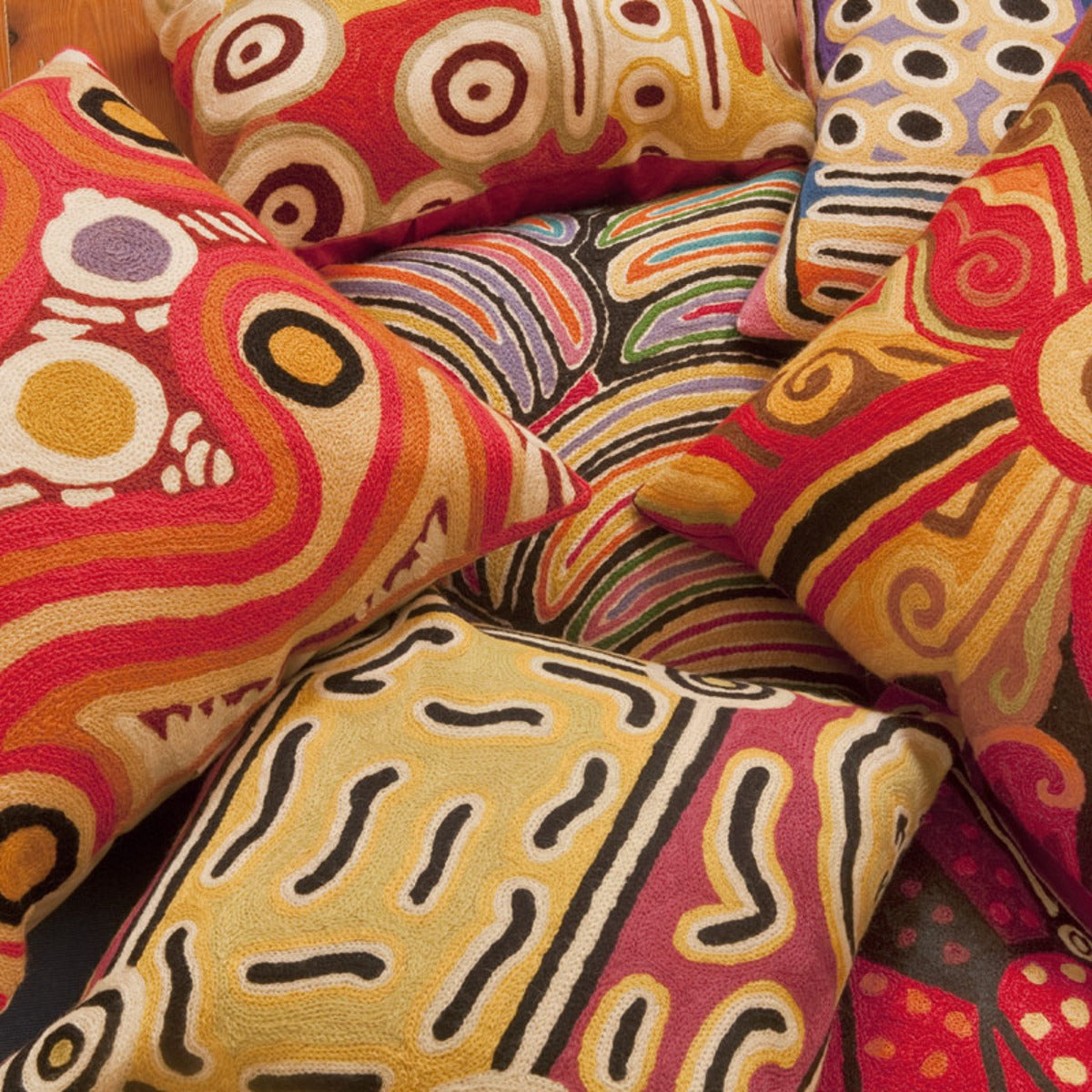
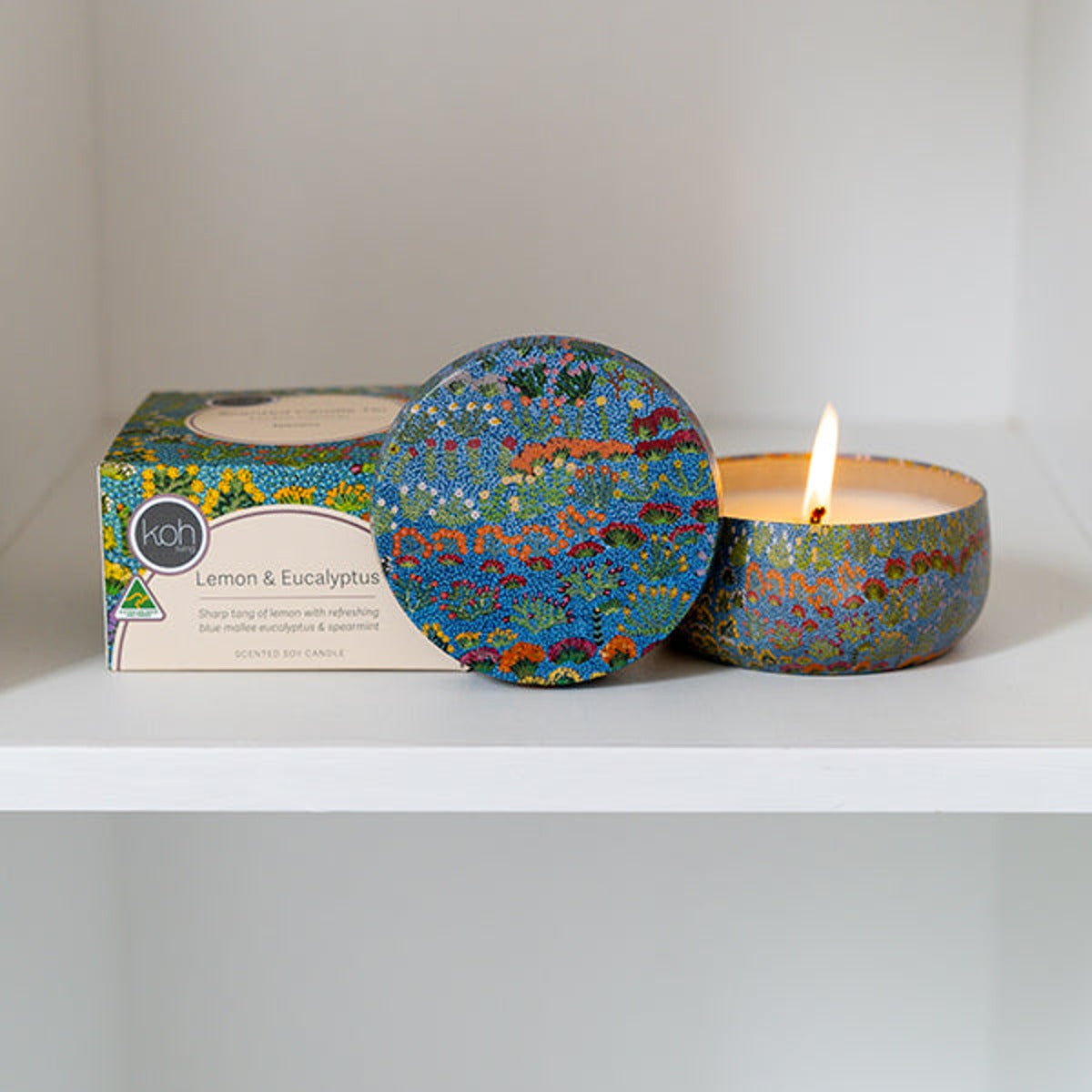


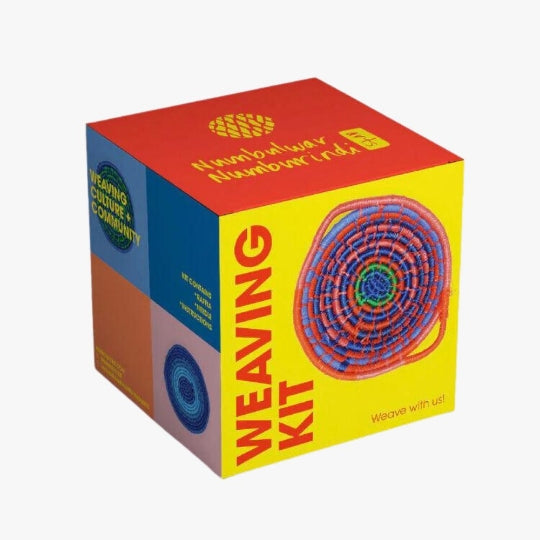

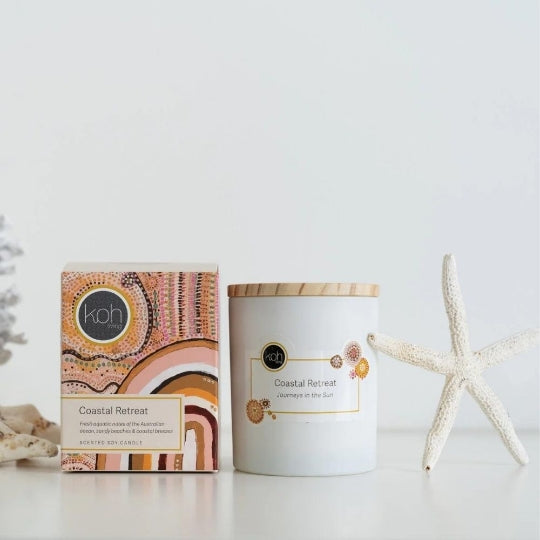

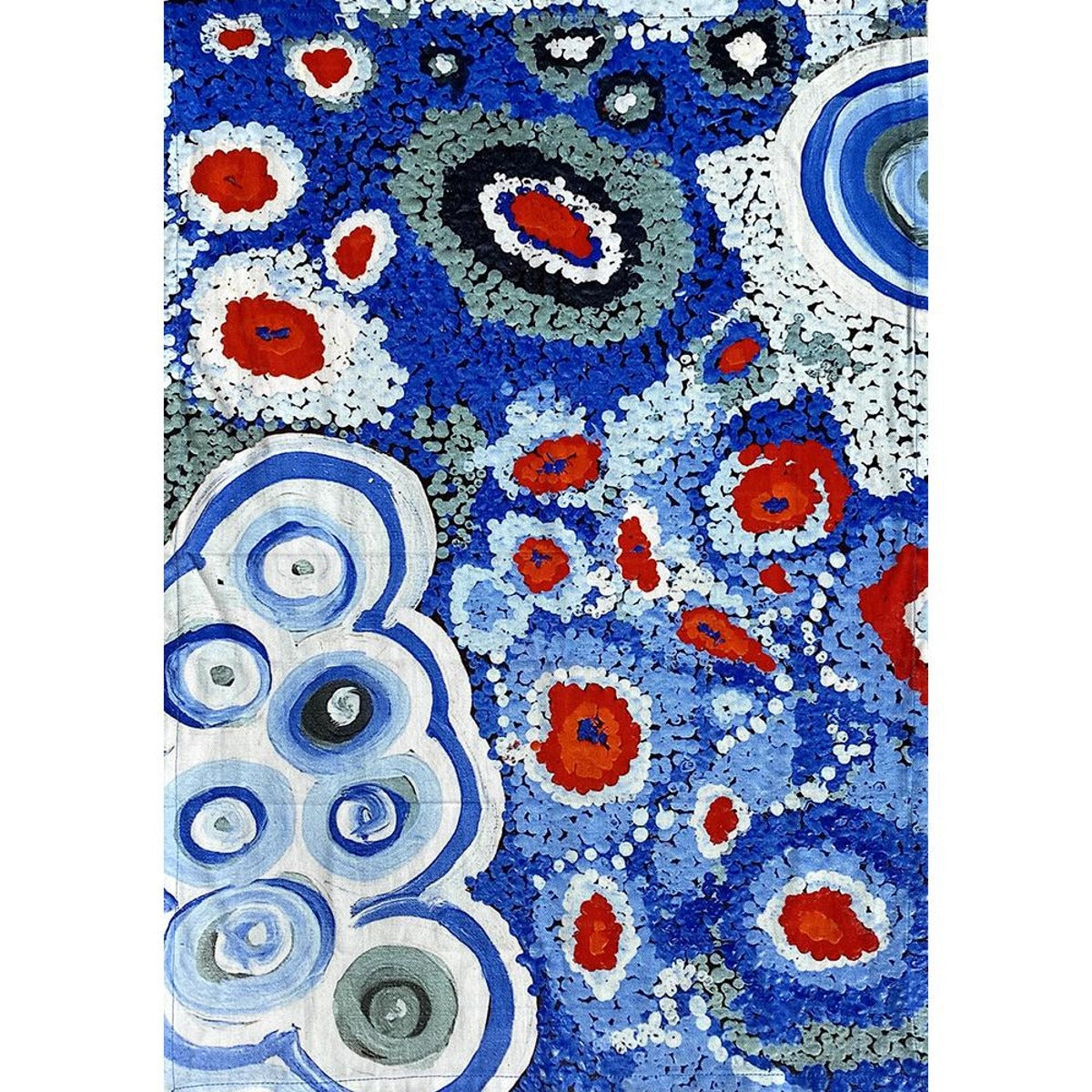

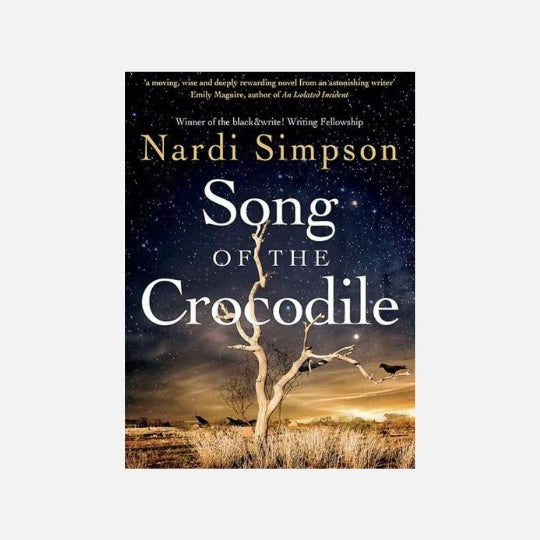

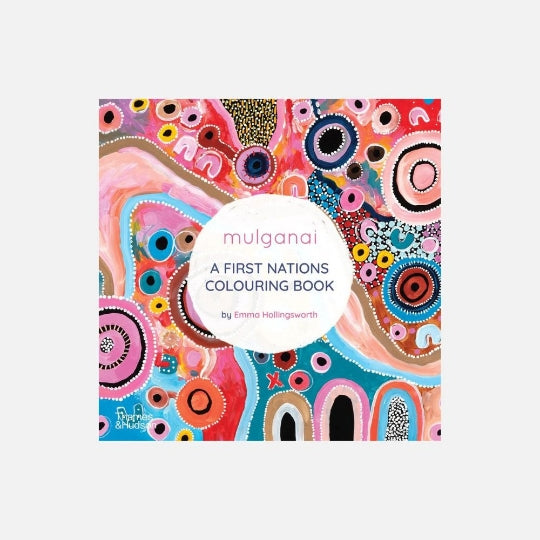
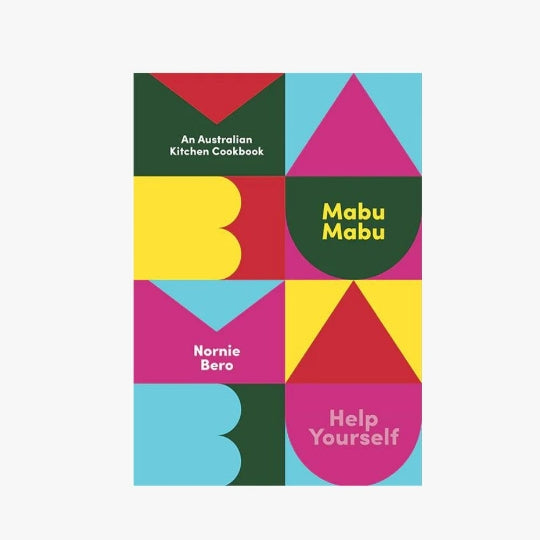
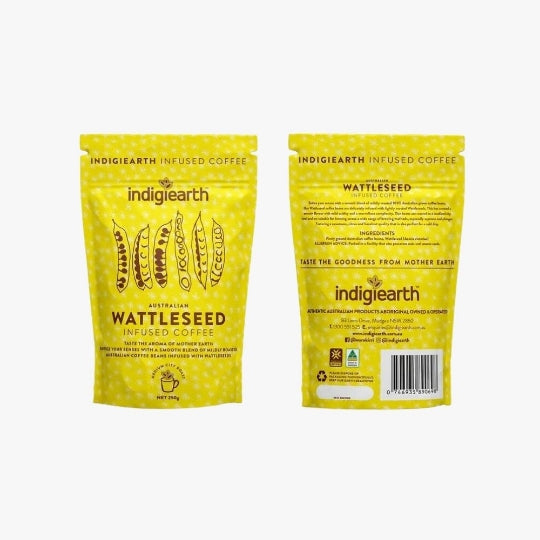
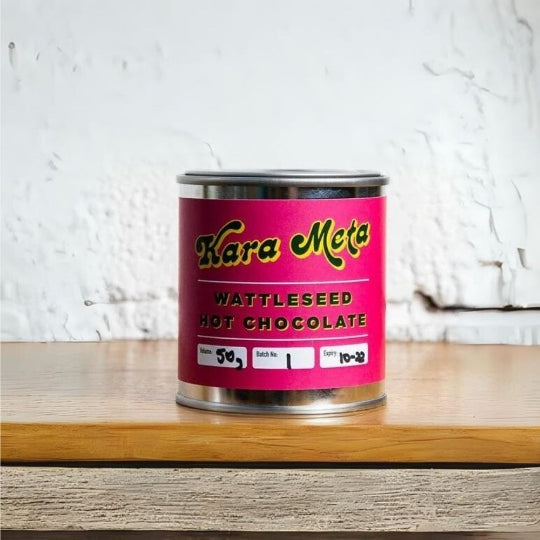
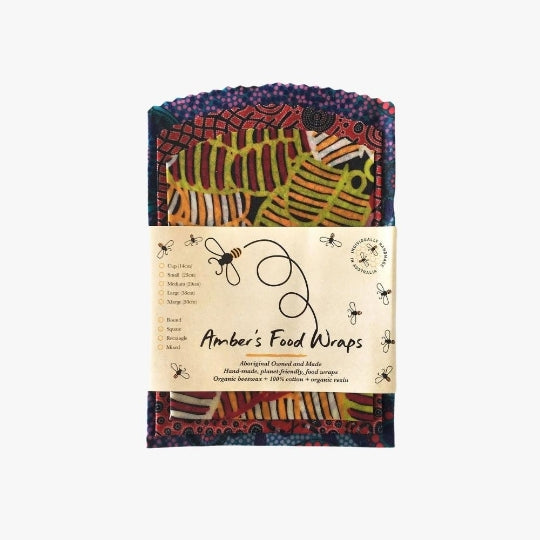
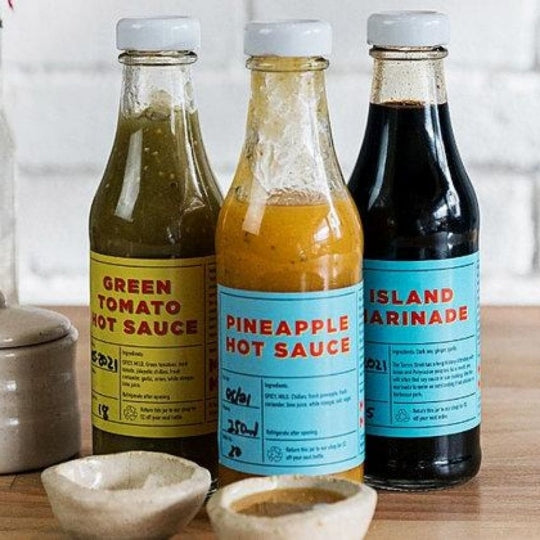


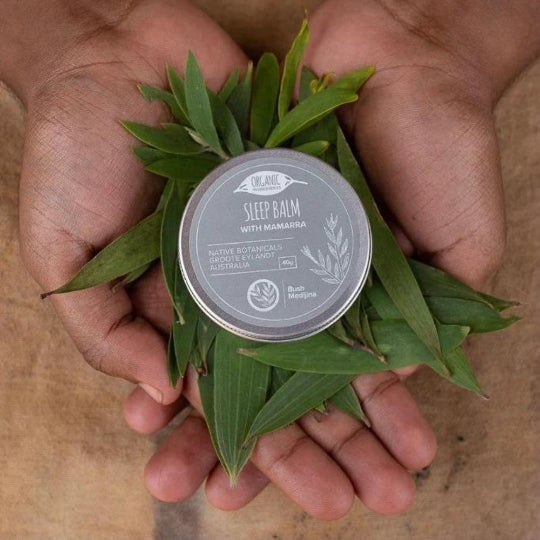
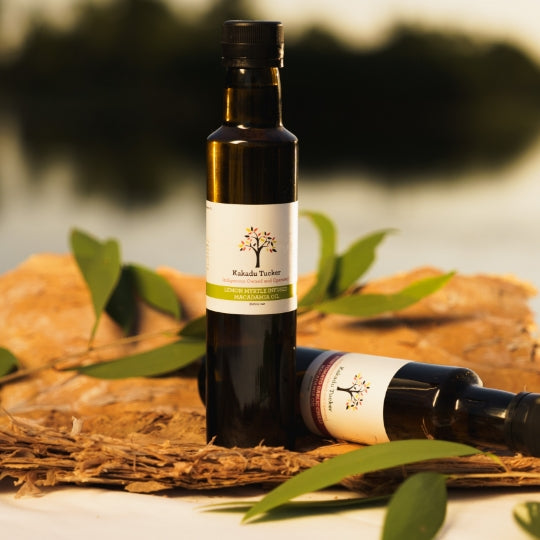




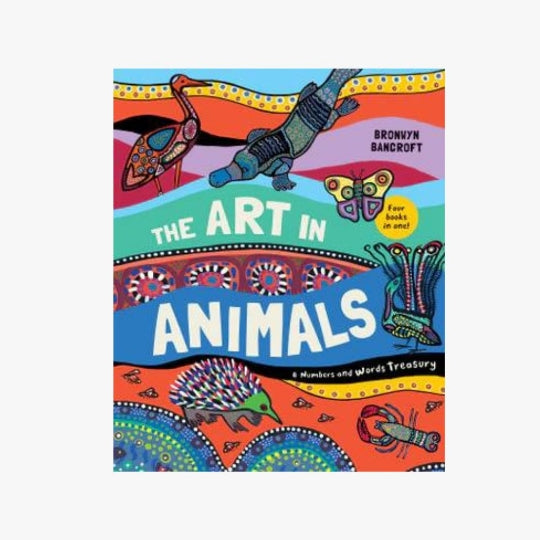

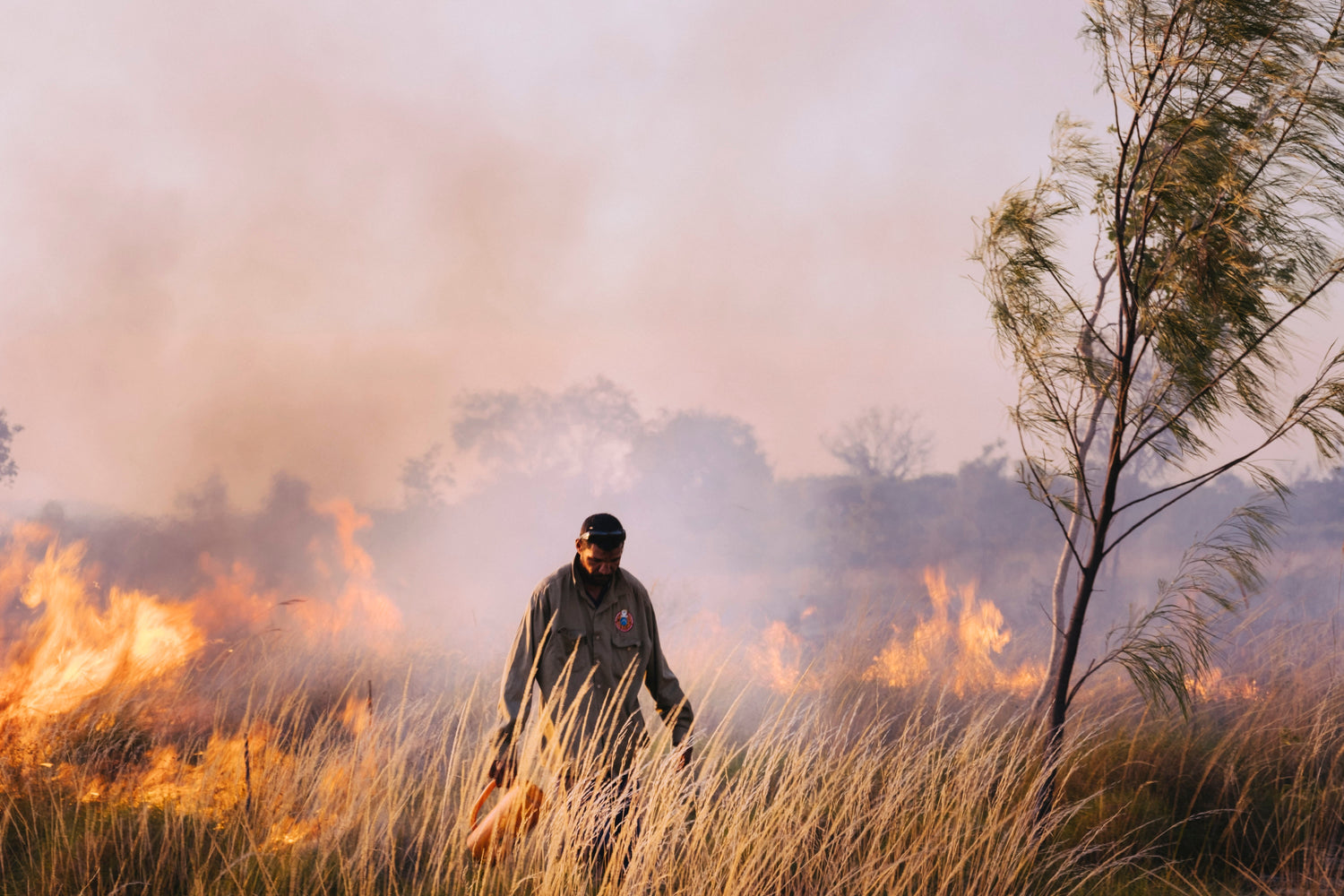
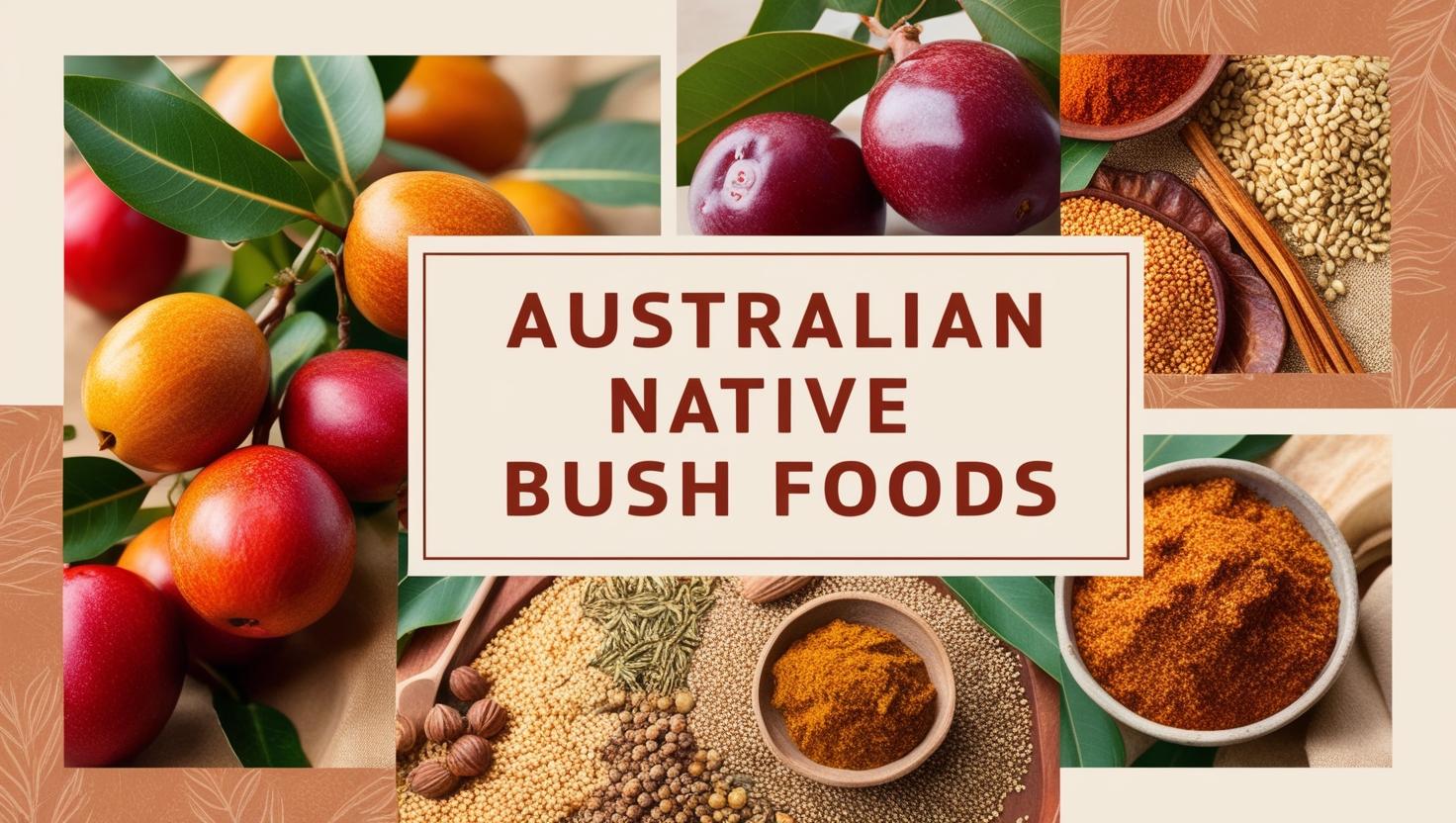
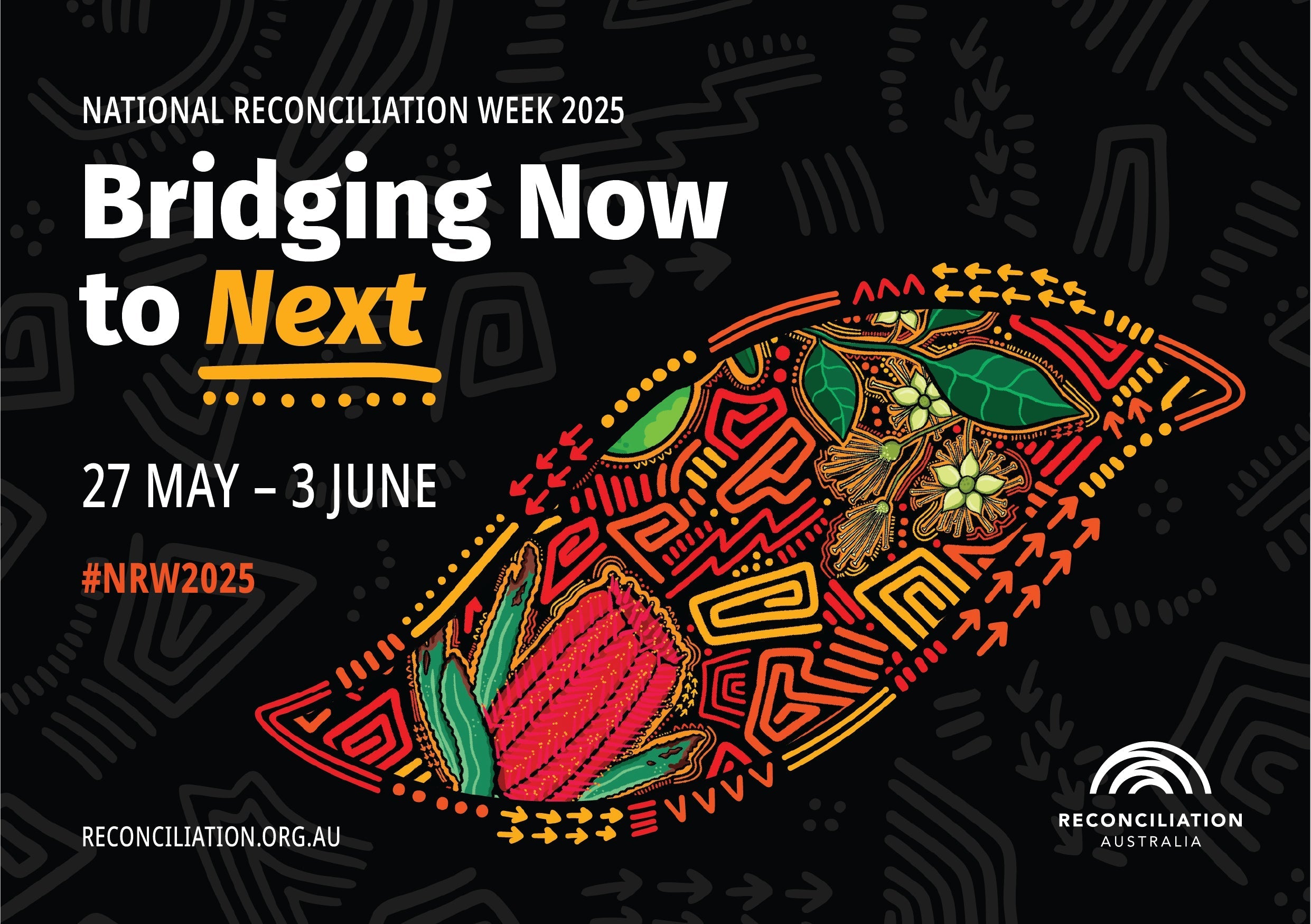

Leave a comment
This site is protected by hCaptcha and the hCaptcha Privacy Policy and Terms of Service apply.